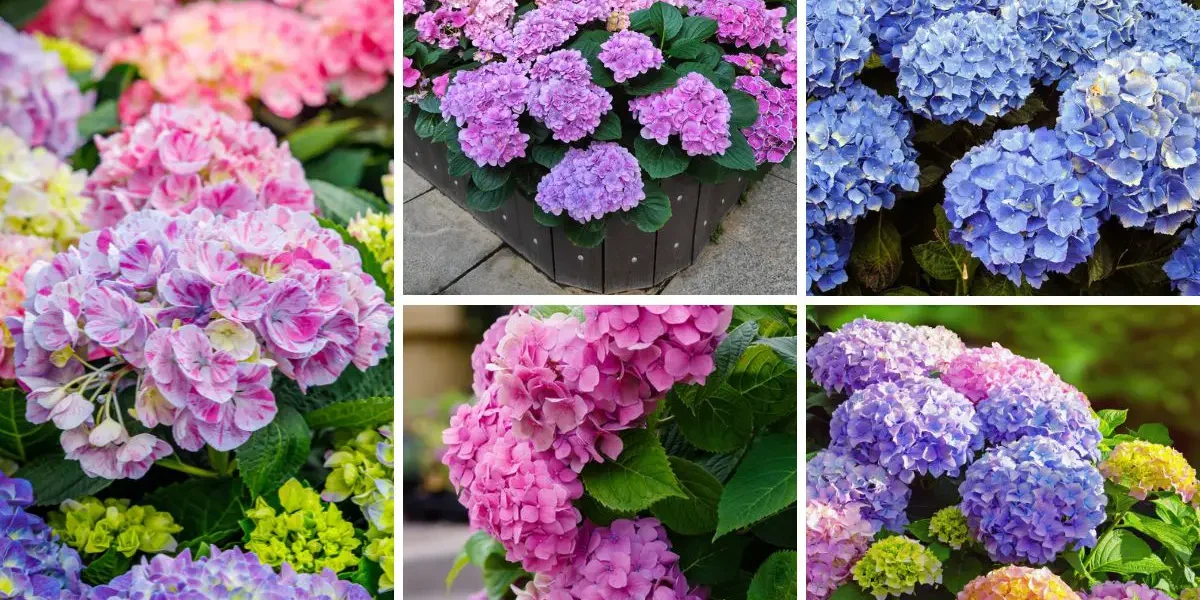Hydrangea flowers can change color based on the pH level of the soil in which they are planted. The pH level affects the availability of aluminum in the soil, which, in turn, influences the color of hydrangea blooms. Here are some tips to help you achieve vibrant hydrangea blooms in the color you desire:
- Understand Hydrangea Varieties: Different hydrangea varieties respond differently to changes in soil pH. The most common types are bigleaf hydrangeas (Hydrangea macrophylla), which include mophead and lacecap varieties.
- Determine Current Soil pH: Test your soil’s pH using a soil testing kit, available at garden centers. The pH scale ranges from acidic (0-6.9) to neutral (7) to alkaline (7.1-14). For hydrangeas, a more acidic to neutral pH is preferable.
- Acidify Soil for Blue Blooms: To encourage blue hydrangea blooms, lower the soil pH. You can do this by adding amendments such as aluminum sulfate or elemental sulfur to the soil. Follow the recommended application rates on the product packaging and retest the soil after a few weeks.
- Alkalize Soil for Pink Blooms: If you prefer pink hydrangea blooms, you’ll want to raise the soil pH. Add garden lime to the soil to increase alkalinity. As with acidifying agents, follow the recommended application rates and retest the soil periodically.
- Maintain Consistent pH Levels: Hydrangeas are sensitive to changes in pH, so it’s important to maintain a consistent level. Regularly monitor the soil pH and make adjustments as needed, especially if you notice a shift toward the undesired color.
- Apply Fertilizer with Care: Use a fertilizer with low phosphorus content to avoid hindering aluminum uptake by the plant. Phosphorus can bind with aluminum, making it less available to the hydrangea.
- Choose the Right Variety: Some hydrangea varieties naturally produce specific colors regardless of soil pH. If you have a strong preference for a particular color, choose a hydrangea variety known for reliably producing that color.
- Mulch the Soil: Applying organic mulch around the base of the hydrangea helps to maintain soil moisture and temperature, promoting a stable pH environment for the roots.
Remember that it may take some time for the hydrangea to respond to changes in soil pH, and the process is not instantaneous. Additionally, older wood on the plant may not change color, so focus on adjusting the pH for new growth.
